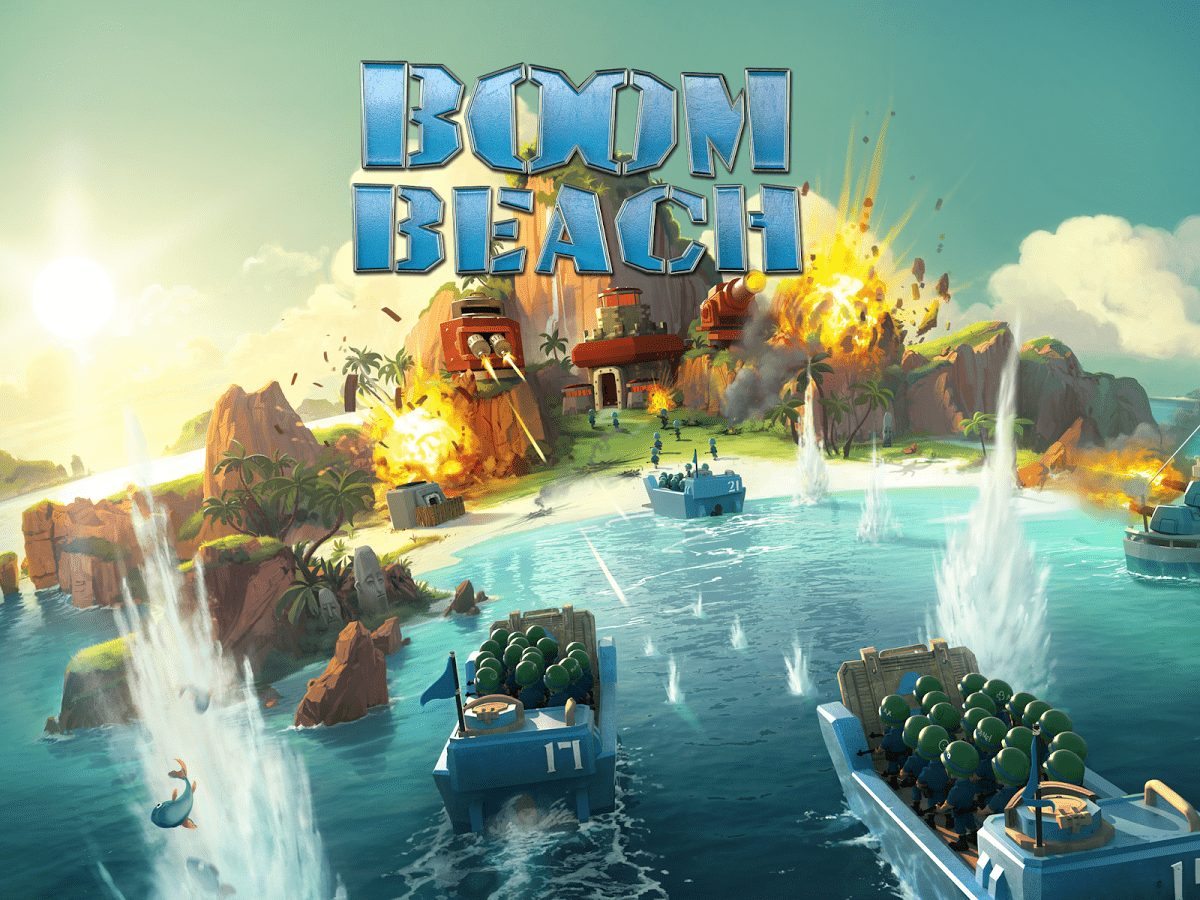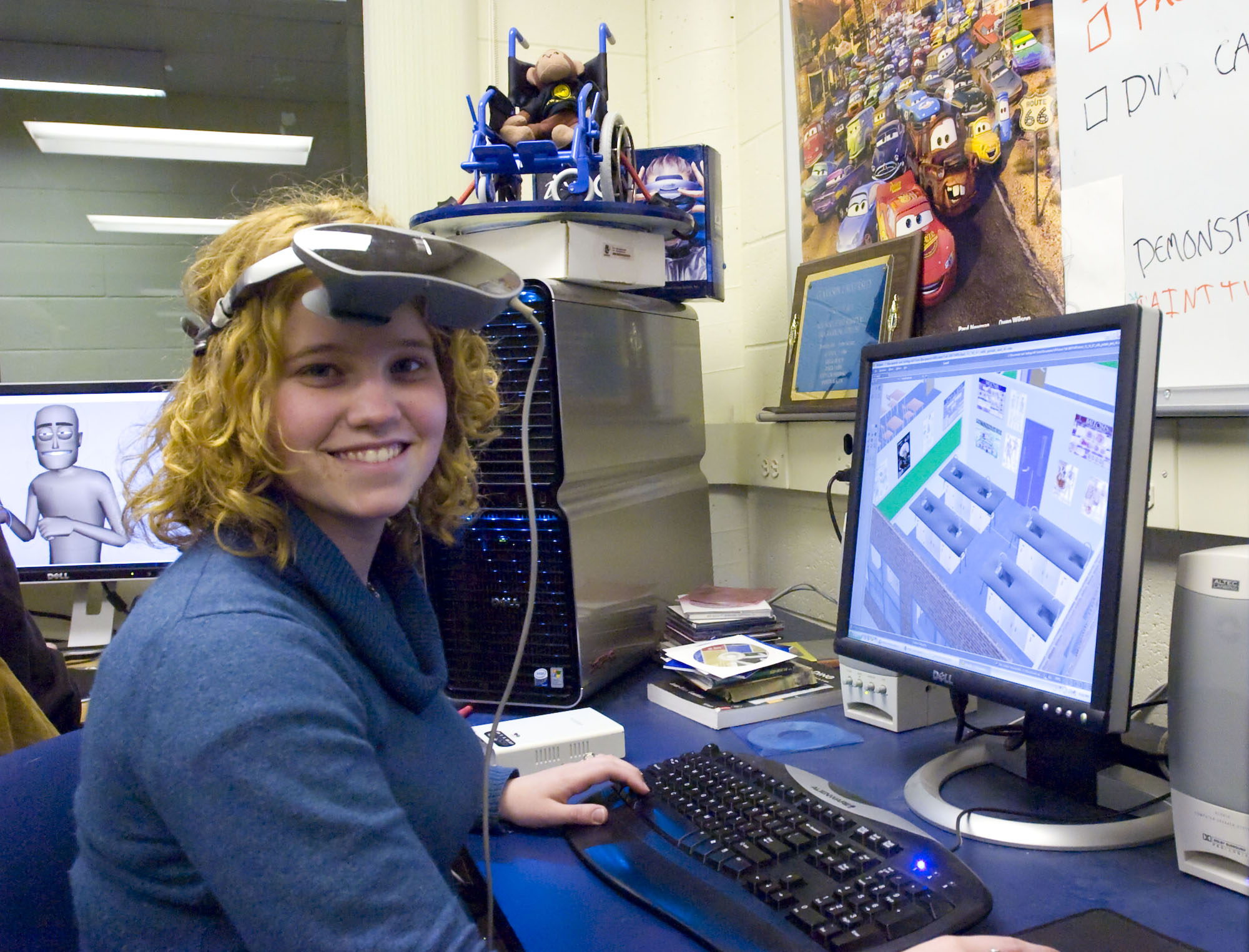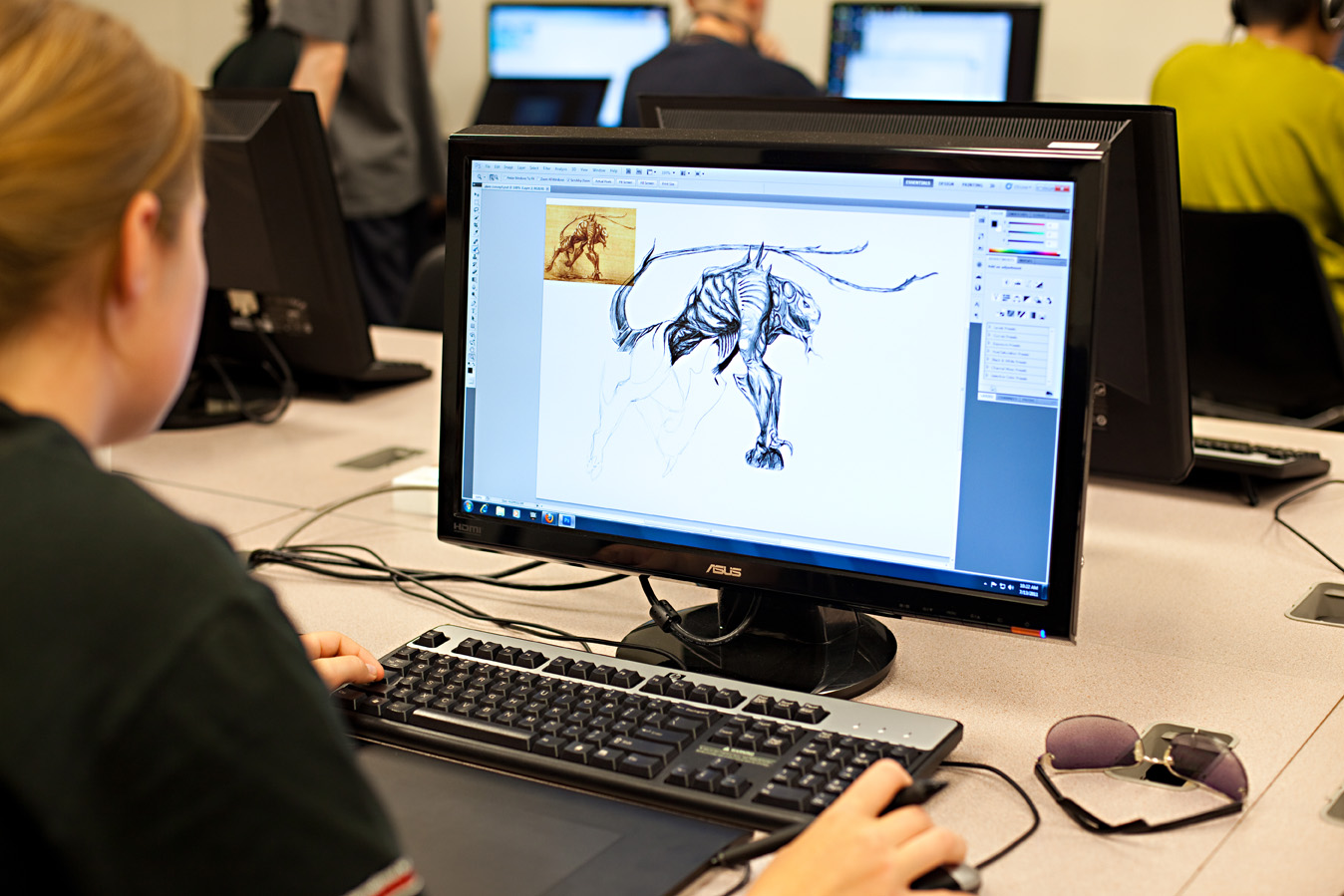When people play games, whether on a PC, console, mobile device or in a Web browser, they expect a fun, distraction-free experience that has been well thought out and executed. Games need to have cohesion and internal logic, for example, and the user experience must support the goals of the creators.
If you are unaccustomed to game development, you may not realize how much planning and preparation goes into the design process before the real programming and testing can happen. Key to the process of making a game is the game design document.
What Is a Game Design Document?
To put it simply, a game design document (which developers often refer to as a GDD) is an extremely detailed document that is subject to frequent changes and updates as the developers solidify their vision for the game.
Game developers rely on game design documents to allow for precise collaboration amongst many members of the team. Once you have settled on the GDD, all collaborators will have to adhere to its requirements.
Game design documents typically include text descriptions, drawings of characters, props and levels in the world. Developers may prefer to work from printed document pages or use an online digital collaboration system to guide and organize their efforts.
The Importance and Benefits of Having a Game Design Document
When embarking on a project as complex as a new game, it’s important to have a good roadmap and set of references to make sure that the developers can work together as a cohesive unit. Everyone will know exactly what he or she is supposed to do and how to achieve it.
People with limited game design experience may think that no one reads game design documents, so what’s the point of making them? In actuality, you are expected not to actually read the document from cover to cover just once like a novel as much as refer to the document through each step of the process to make sure you are staying on track.
Game design documents are also important because they demonstrate that the developers know what they are doing. They may even be part of the contractual requirements and need to be delivered before publishers will allocate full funding for the development process.
Your game design document serves as an organizational tool for each team member, which is key in such an enormously collaborative process. The design document creates an ongoing record of the developers’ decisions. Precision in game design documents ensures that everyone knows the details and not just a general sense of various aspects of the game.
Game Design Document Templates
Every game design document is unique, with its own concept, world, characters, interface, theme and so on. However, developers frequently turn to game design document templates to help them organize their work and guide the team’s efforts.
Here are some important aspects of game design document templates:
The Name of the Game
A great name is catchy and gives a sense of what the game is about. It helps attract players during marketing.
Summary of the Game
Describe the game in a sentence or two. Consider what you’d say to an executive during a 60-second elevator ride to pitch the game, for example.
Features
What are the main features that will attract people to playing the game?
Overview of the Game World
Describe the overall world of your game so it is consistent from start to finish.
Character Descriptions
Not all games have characters (such as puzzles or word games). If your game has characters, now is the time to name and describe them and how they interact with one another.
Rendering System
Are you using 2D or 3D for your world?
Level Design
If your game has levels, you need to describe them and how they relate to one another.
Artwork
What kind of imagery will predominate in the game?
Sound Effects and Music
Sounds are important for creating an immersive and entertaining experience and help make the world of the game more compelling.
Controls
Players use the controls to interact with the game. What buttons can they push, and how can they trigger events in the game?
The team at OpenXcell has years of experience developing fun and highly engaging games on all the major platforms for our clients, which is one reason why we get so much repeat and referral business from our satisfied clients. For more information on how we use game design documents in our development process or to set up an appointment to get started on your next game, please call the experts at OpenXcell today!











